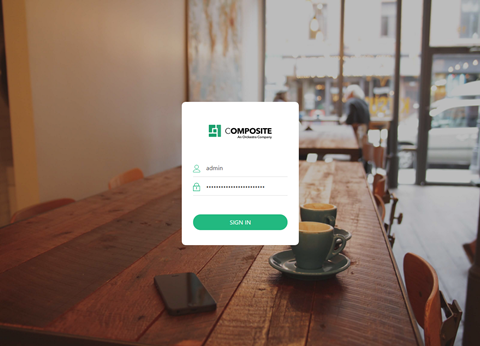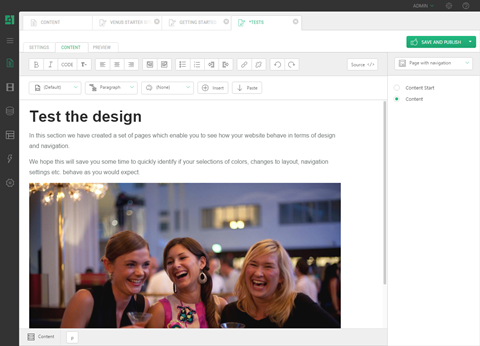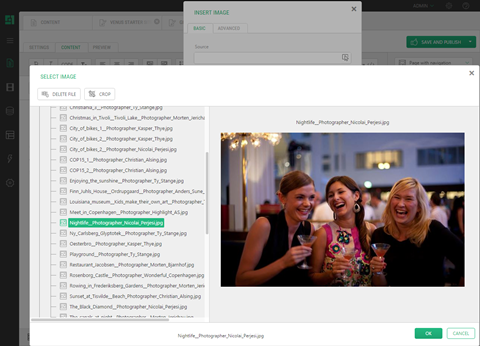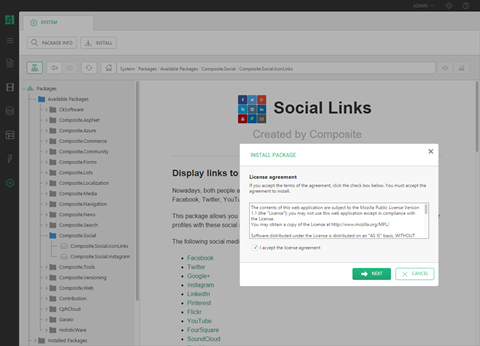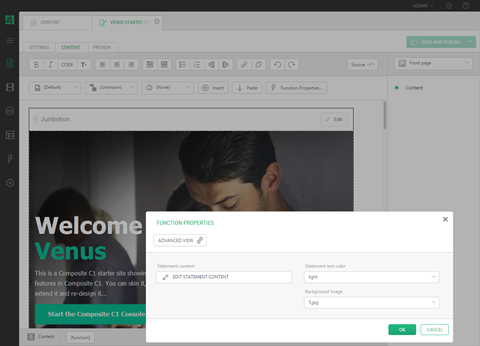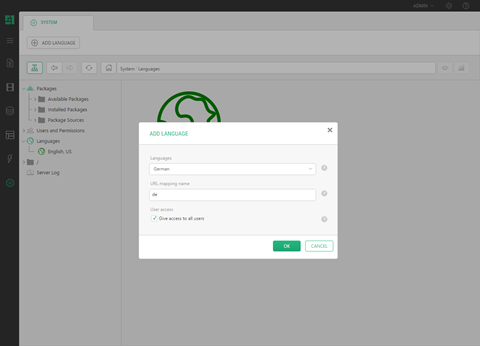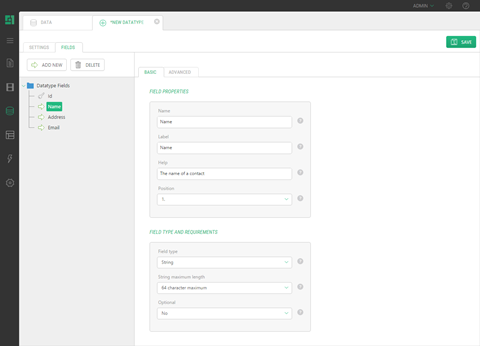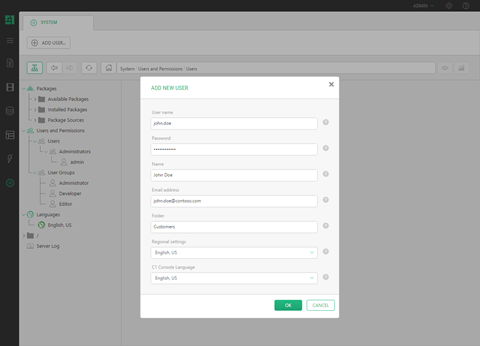Getting Started
Welcome to C1 CMS!
Here you can find a few topics that will help you get started. Having a website up and running, it is time to learn how to log in to the CMS Console where the magic of content management begins. Once logged in, you may want to know how to create and edit pages, insert images and CMS Functions, install packages, create multi-languange websites and control access to the CMS Console. If you are interested in what it takes to run this CMS, have a look at its system requirements.
1/26/2012: 01: Console Login
To work on your website, you should log in to the administrative console in your web browser using your username/password. This is where you can create and edit its pages, change its appearance and provide logic of its interactivity.
Read more1/25/2012: 02: Pages
You create and edit pages of your website in the Content perspective of the CMS Console. You can add static and dynamic content to your pages, format and style their appearance, enrich them with media.
Read more1/26/2012: 03: Media
Media such as images are part and parcel of modern websites. When editing pages, you can upload and insert images in a quick and a convenient way.
Read more1/25/2012: 04: Packages
With CMS packages, you can conveniently extend the functionality of your website in no time. All you have to do is select and install a package without leaving the CMS Console and use it wherever it is needed.
Read more1/25/2012: 05: Functions
CMS functions are building blocks of your website. Regardless the technology behind them (Razor, XSLT, C# etc), you can simply and uniformly use them on pages and markup. They allow you to reuse content across the website, display dynamic content and integrate external functionality on the website.
Read more1/25/2012: 06: Languages
All your website can easily target audiences from different countries by displaying the content of your website in their native language. In C1 CMS, you can create multilingual copies of your website by adding a needed language and translating the content.
Read more1/26/2012: 07: Data
By defining your data types, you can store structured data in the same way your store and use data in database tables. You can create both global and page-specific data and present it dynamically on pages and in other content-related parts of your website.
Read more1/25/2012: 08: Security
In the multi-user website building scenarios, it always makes sense to control who can access specific areas in the CMS Console and how much a person can change in that area. Console users can be assigned to user groups granted specific access and specific permissions.
Read more

